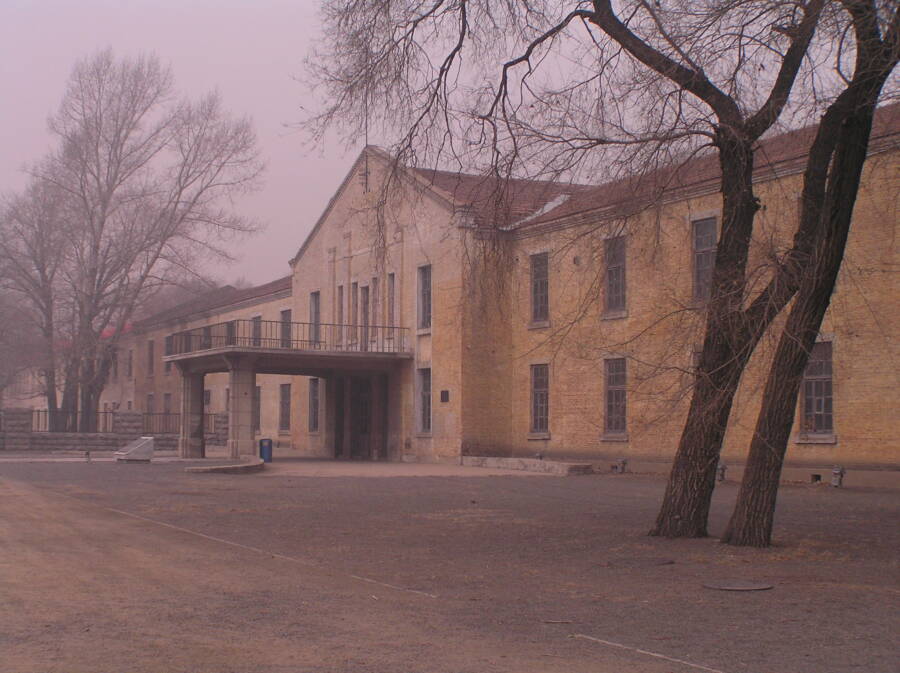Inside Japan's plot to use weaponized bubonic plague against the U.S. in the closing months of World War 2 — and the atrocities that preceded this plan.
In the spring of 1945, as the Allies approached victory over the Axis powers during World War II, Japan considered launching a terrifying attack inside the United States. Though the plan’s codename, “Operation Cherry Blossoms at Night,” sounds innocuous, the plot was anything but.
In Operation Cherry Blossoms at Night, the Japanese military planned to use both kamikaze pilots and balloon bombs to blanket Southern California with fleas carrying the bubonic plague, in retaliation for the firebombing of Japanese cities. The mission would have been run by the infamous Unit 731, a human experiments and biological warfare group headed by Shiro Ishii.
The plan was to secretly pilot several submarines to the California coast, then send kamikaze pilots with planes full of plague-ridden fleas to a number of U.S. cities, including San Diego. The pilots would crash land in populous areas, releasing the fleas — and their deadly disease.
Though the plan seemed far-fetched, Japan was confident that they could pull it off. In fact, they’d already done it elsewhere during the war.

Wikimedia CommonsUnit 731’s Harbin facility used to research and build bioweapons.
During World War II, Japan’s notorious Unit 731 experimented with using fleas as biological weapons against China. Scientists from this unit created “bombs” packed with wheat, rice, or cotton, as well as fleas infected with the deadly bubonic plague. They dropped these bombs on Chinese villages, killing as many as 300,000 people. (Japanese war crimes like these were largely swept under the rug when the conflict ended, as the America wanted access to Japan’s research.)
“I can still remember the panic among the people,” one witness to the infected flea bombs in China recalled. “Everybody kept their doors closed and was afraid to go out. The stores were closed down. The schools were closed down. But by December, the Japanese airplanes came to drop bombs almost every day. We couldn’t keep the quarantine area closed. The people inside ran to the countryside, carrying the plague germs with them.”
See how Operation Cherry Blossoms At Night was developed, and how the plan ultimately fell through.
Learn more about the music used in our podcast. History Uncovered is part of the Airwave Media network. Learn more about your ad choices by visiting megaphone.fm/adchoices.






